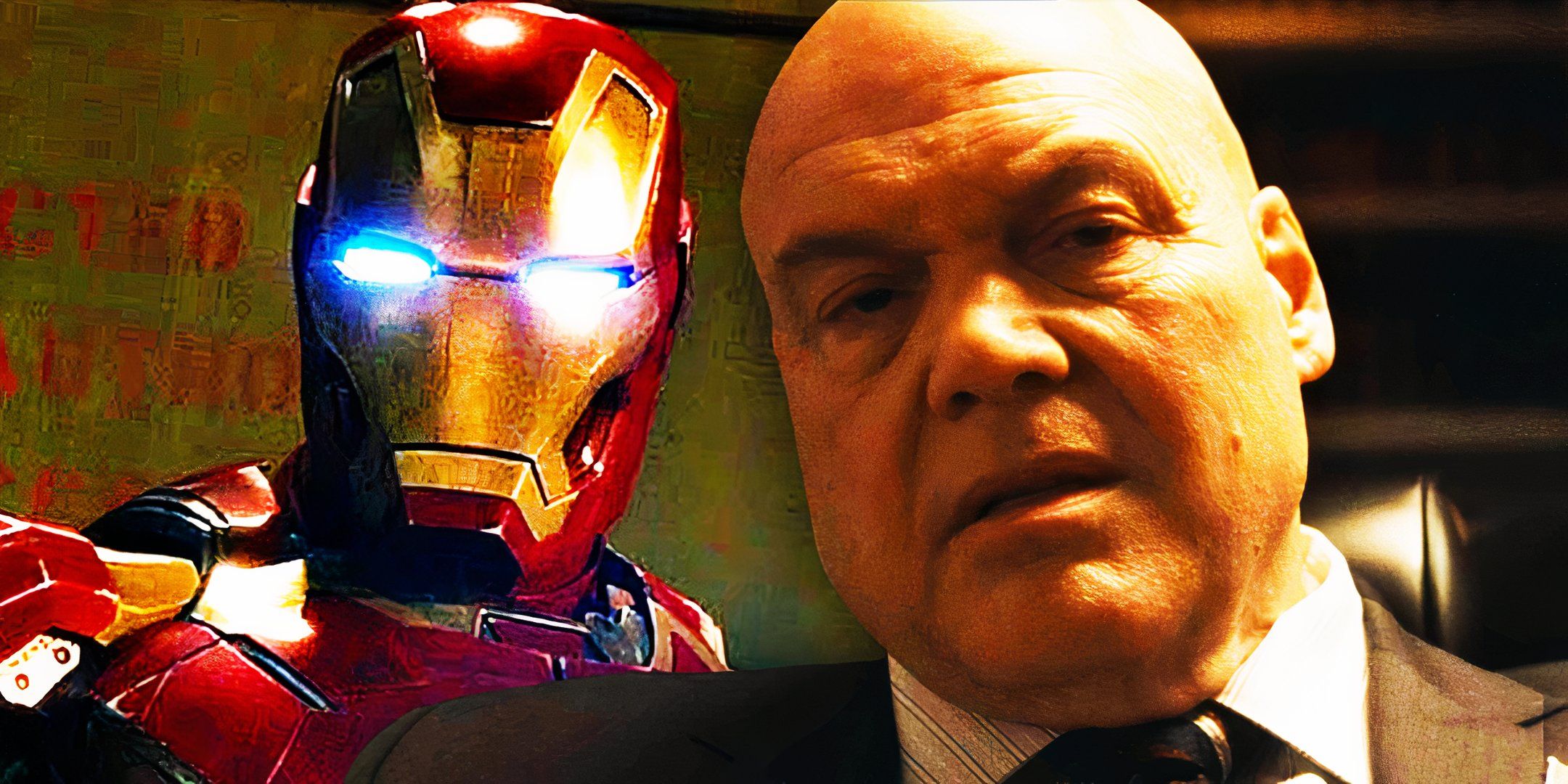Blake's Death In 1917 Has A Heartbreaking Hidden Detail That You Probably Missed
Summary The death of Dean-Charles Chapman's character in 1917 feels even more impactful thanks to the clever parallel between his first and last shots.
The final shot of Blake's death mirrors the opening shot of the movie, symbolizing the transformation of the characters.
1917's one-shot filming style adds to the impact of the tragic scene, showing every moment of Blake's life slipping away.
The tragic death of Dean-Charles Chapman's young Lance Corporal Thomas Blake is the most heart-wrenching scene in Sam Mendes' 1917, and it contains a small detail that makes it hit even harder. 1917 is now streaming on Netflix and is available to purchase on all major VOD platforms, and chronicles two young British messengers' race against time to save hundreds of their fellow soldiers from walking into a trap. Their journey is presented as one continuous shot, although eagle-eyed viewers will notice at least 35 hidden cuts of the camera.
Along the way, one of the soldiers meets his end at the tip of a German pilot's knife. After Chapman's Blake and George MacKay's Will Schofield free the pilot from the burning wreckage of his crashed plane, he stabs Blake in the stomach in a panic, believing he's been captured by enemy combatants. 1917's one-shot filming style means that the audience watches every moment of Blake's life slipping away, ending with his death in Schofield's arms. One detail in particular makes the already heartbreaking scene even more powerful.
Related The True Story Behind Sam Mendes' 1917 Sam Mendes' epic WWI movie 1917 depicts "The Great War" in all its tragic glory, made possible by its foundations built upon first-hand experience.
The Final Shot Of Blake's Death In 1917 Mirrors His First Shot Of The Movie
The parallel also applies to Schofield
1917 opens on a beautiful, vibrant field in Northern France, and as the camera pans backwards Blake and Schofield come into view. Blake is sleeping on his back on the ground, with his helmet covering his closed eyes. That first shot of Blake directly mirrors the last shot of him as he lays dead; once again, he is on his back on the ground with his eyes closed. The direct comparison also applies to Schofield, as the opening shot finds him snoozing against a tree, and the final shot sees him sitting against a tree before closing his eyes.
All Academy Award Nominations for 1917 Best Picture Nominated Best Director Nominated Best Original Screenplay Nominated Best Cinematography Won Best Makeup and Hairstyling Nominated Best Original Score Nominated Best Production Design Nominated Best Sound Editing Nominated Best Sound Mixing Won Best Visual Effects Won
As similar as the position may be for the two soldiers, the parallel was created not to demonstrate similarity, but rather difference in the characters. As the film opens, the two young soldiers are napping relatively carefree with all of their supplies and equipment, merely dealing with the monotony of WWI military life. The final shot of each man shows how each man was transformed along their journey; Blake is of course dead, but Schofield has lost his helmet, weapon, and equipment, and is leaning against the tree out of exhaustion, not for leisure.
Blake's Death Also Calls Back To His Earlier Mistake In 1917
Blake pays the price for his mercy
Close
The nature of Blake's death was foreshadowed earlier in 1917, which further serves to increase the impact of his death. As Blake and Schofield traverse an abandoned German bunker, they encounter several large rats, one of which triggers a booby trap explosion that nearly kills both men. Blake laments that he should have killed the rat when he had the chance. A short while later he is stabbed and killed by a German pilot, a defenseless enemy who many soldiers would have killed or let burn in the plane crash. In both cases, Blake suffers because he was merciful.
There is no killer instinct in Blake, and because of that he is not cut out to survive the harsh realities of deadly combat.
It serves as a commentary on the brutality of war, and on World War I in particular. The baby-faced Dean-Charles Chapman was 21 at the time of the filming of 1917, and the character of Tom Blake is meant to be 19 years old, and he serves as a representative for all the innocent young men who died in that war and all other wars. There is no killer instinct in Blake, whether it's a literal rat or an enemy combatant he's dealing with. Because of that, he is not cut out to survive the harsh realities of deadly combat.











COMMENTS